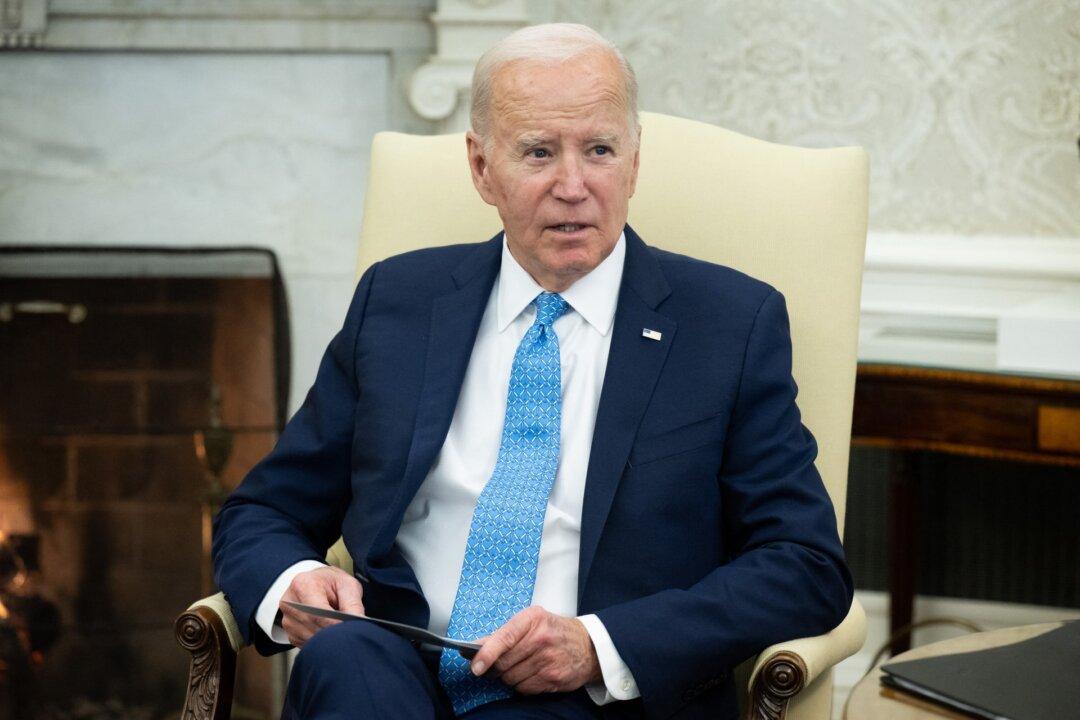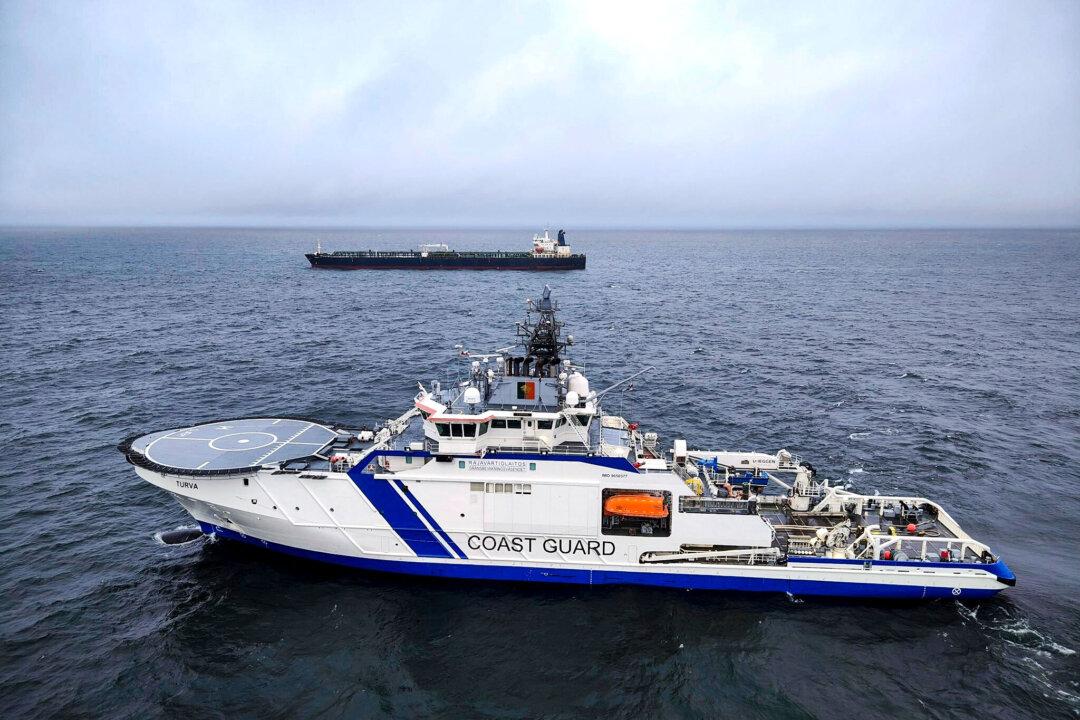The U.S. government will begin airdropping humanitarian assistance into the Gaza Strip in hopes of widening the flow of critical supplies to civilians in the embattled territory.
Speaking at a White House meeting on Friday, President Joe Biden said the United States would join the Kingdom of Jordan and other neighboring countries that have delivered humanitarian aid to the Gaza Strip by air after the outbreak of fighting in the territory.





